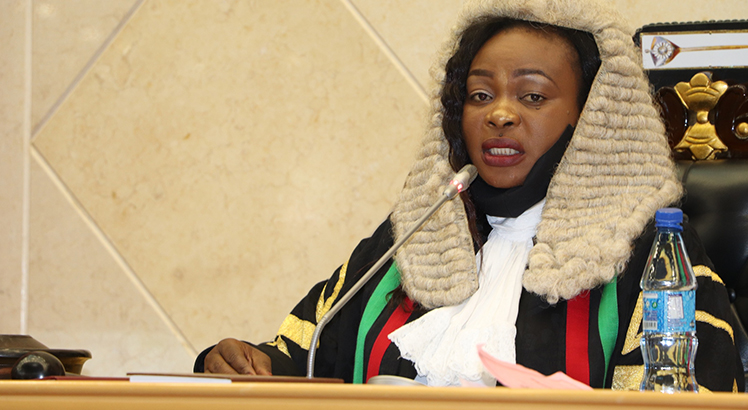EIU projects gloomy policy rate outlook
The Economist Intelligence Unit (EIU) says there is little hope for further easing of Malawi’s policy rate even if the domestic demand remains weak.
In July this year, the Reserve Bank of Malawi maintained the policy rate—the rate at which commercial banks borrow from the central bank—at 12 percent.

In its country brief contained in the Nico Asset Managers July 2021 Economic Report, EIU said there would not be any further easing of the policy rate as inflation rate remains above the RBM target of plus or minus five percent coupled with the depreciating exchange rate.
EIU, the research and analysis division of Economist Group of United Kingdom, sees RBM adopting a tightening stance from 2022 to 2025 as inflationary pressures build on the back of rising global oil prices and improved consumer sentiment.
Reads the report in part: “Although the kwacha will continue to depreciate alongside firmer domestic demand in the latter part of the forecast period, monetary tightening should help to contain inflationary pressures.
“However, risks to this forecast, which could lift inflation above forecast levels, include adverse weather, pest-related crop destruction and a sharper than expected depreciation of the kwacha. The outlook suggests an elevated path for inflation compared to the previous forecasting round.”
Analysts say the inflation rate will likely increase and with it a higher cost of borrowing and increased cost of investment, which could slow down economic growth.
Meanwhile, the kwacha continues to depreciate against major trading currencies largely due to low foreign exchange reserves.
In July, for instance, the local unit depreciated against the dollar by 0.86 percent to K812.51 from K805.59 in June 2021.
Gross official foreign exchange reserves, on the other hand, decreased to $404.18 million, representing 1.62 months of import cover, from $424.99 million, which is 1.70 months of import cover during the review period.
Effectively, the headline inflation rate is now projected to average 8.8 percent in 2021, representing a 0.4 percentage points increase on the projection made during the second 2021 Monetary Policy Committee (MPC) forecasting round.
The revision is attributed to an increase in non-food inflation forecast partly reflecting the impact of imported inflation and the pass-through effect of the kwacha depreciation.
In July, the country’s headline year-on-year inflation rate eased by 0.4 percentage points to 8.7 percent on account of declining food prices, according to the National Statistical Office figures published on Thursday.
In an interview on Sunday, Malawi University of Business and Applied Sciences economics lecturer Betchani Tchereni said for a country that is aiming at industrialisation, the economy cannot afford to raise interest rates because that will be detrimental.
“In fact, even the MPC agreed that the fundamentals suggest that the policy rate needs to be increased a bit. But many are also buoyant, especially given that food inflation has been pushing inflation downwards,” he said.
In an interview on Sunday, Catholic University of Malawi economics lecturer Hopkins Kabaghe agreed with EIU on the projections, observing that in an easing monetary policy environment, the central bank lowers rates to stimulate growth in the economy.
“Lower rates lead consumers to borrow more, effectively increasing the money supply. Increasing money supply will just exacerbate inflation in Malawi.”
The MPC maintained the policy rate at 12 percent to balance the efforts of managing the impending inflationary pressures and effects of Covid-19.





